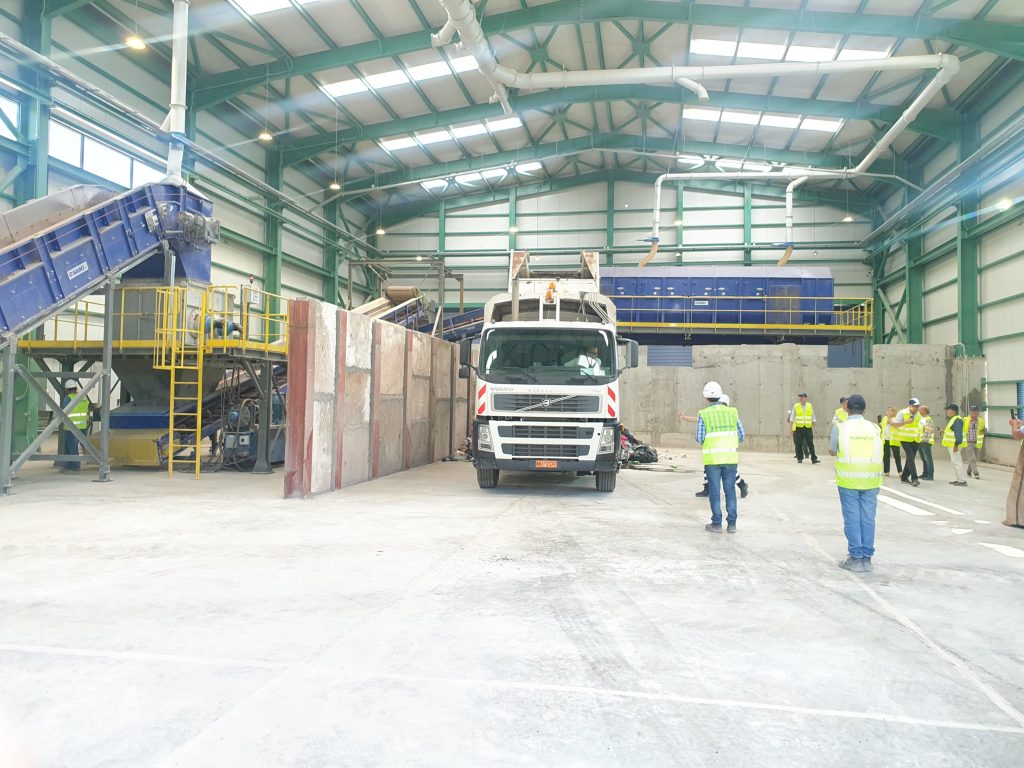Corporate News
The chronic problem of waste management for the Peloponnese Region belongs in the past now, since today the third management unit in the area of Skala Lakonia was officially put into operation, welcoming the first waste trucks from the Municipality of Sparta.
Among the multiple advantages of the new unit is the fact that the landfill is located close to the unit, which allows to minimize the transport of waste.
In total, the Integrated Waste Management of Peloponnese Prefecture represents an investment of 152 million Euros (62.5 of which derive from NSRF – National Strategic Reference Framework funding), which corresponds to the construction and operation of the following:
• Three (3) Intermediate Management Units and three (3) Waste Processing Units with a total capacity of 200,000 tons / year
• Three (3) Sanitary Landfill Sites
• Two (2) Waste Transfer Stations
The units described above have been located in the regions of Arcadia, Messinia and Laconia, whereas the Waste Transfer Stations have been located in the regions of Corinth and Argolida. By this manner, the waste materials will be collected at a distance of less than 50 kilometers from the capitals of the regions of Peloponnese Prefecture, contributing to the minimization of transport requirements from the respective Municipalities.
It is recalled that the integrated waste management has already started at the Paleochuni Arcadia Unit, as well as the Intermediate Waste Management at the Kalliroi Messinia Unit.
In the context of this project, 800 jobs have already been created during the construction period and 200 permanent jobs will emerge during the operating period, i.e. for the next almost 30 years (27 years). These benefits in terms of employment do not include the indirect jobs and benefits that will be generated from the operation of the project in the area (in areas such as transport, marketing of recyclables, accommodation of personnel etc.).
The project “Integrated Waste Management of Peloponnese Prefecture” in fully operation prevent waste burial, at least 65% of biodegradable materials are utilized, 50,000 tons of liquid waste are diverted from landfills, and green energy will be generated to serve the needs of 6,000 households, while avoiding release of 24,000 tons of carbon dioxide into the atmosphere.
The project, by using state-of-the-art technology has the minimum possible environmental and energy footprint, implements most of the Peloponnese Regional Waste Management Plan, operates alongside and in addition to the Local Recycling Programs of municipalities, and applies the best practices when it comes to the principles of circular economy.
